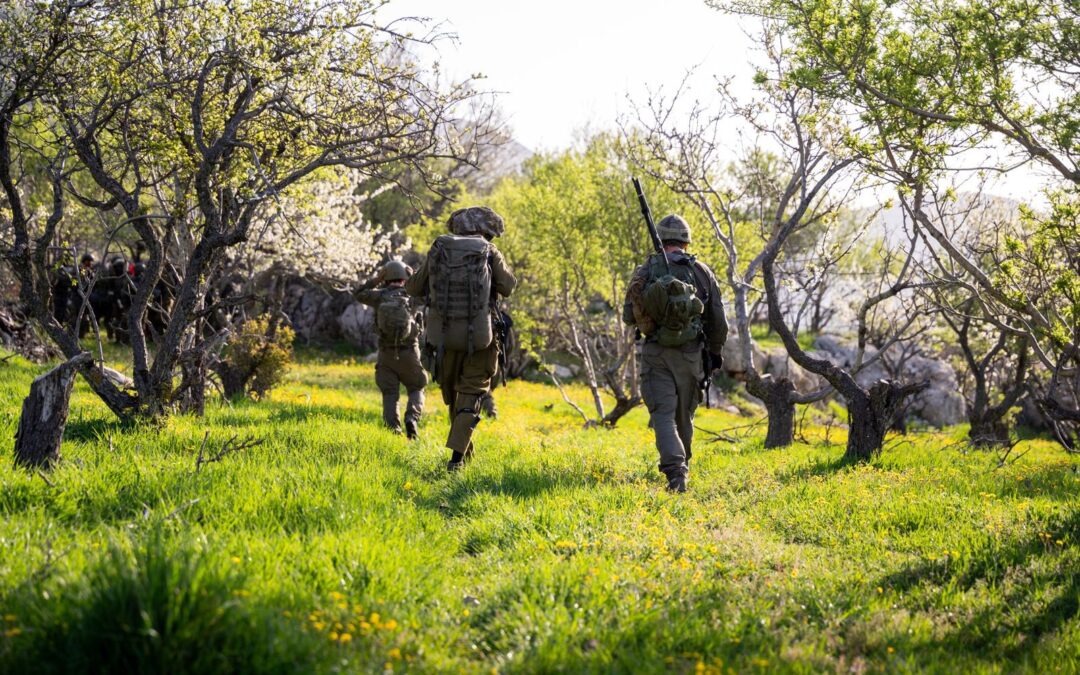The Silent Casualty: How War Ravages the Environment
This year alone, millions have been impacted by conflicts worldwide, from the ongoing civil war in Sudan to the ongoing devastating Israel Iran war. While the immediate human cost of armed conflict is undeniable, the environmental toll often goes unnoticed. As per the report published in The Conversation, From polluted landscapes to disrupted ecosystems, war leaves a long-lasting scar on the planet.
As the focus remains on the immediate needs of displaced populations, we must also acknowledge the “silent casualty” of war – the environment.
A Legacy of Pollution and Destruction
The ecological footprint of conflict is vast. Explosives unleash a cocktail of pollutants, including depleted uranium, that contaminate soil and water. Troop movements and collapsing infrastructure leave landscapes scarred. The scars of World War I can still be seen in France’s Verdun region, where unexploded ordnance renders vast areas uninhabitable.
The war in Ukraine exemplifies the environmental toll of modern conflict. Air pollution has skyrocketed, forests are being cut down, and soil quality is deteriorating. War often leads to habitat loss and biodiversity decline. A study revealed a significant decrease in wildlife populations in war-torn African nations between 1946 and 2010.
Landmines: A Long-Term Threat
Landmines are a particularly insidious weapon, designed to remain a hidden danger long after the fighting stops. They not only claim lives but also restrict access to safe land and hinder land use. Floods in countries like Libya and Ukraine have unearthed these hidden dangers, posing a renewed threat.
Climate change itself can exacerbate the problem of unexploded ordnance. As global temperatures rise, the risk of accidental detonation of these bombs increases, posing a threat not just from existing stockpiles but also from munitions dumps. This has already been observed in the Middle East, where intense heatwaves have triggered explosions in Iraq and Jordan.
Chemical Weapons and Ocean Dumping: A Toxic Legacy
The disposal of weapons after wars often results in further environmental damage. The practice of dumping munitions and chemical weapons in the ocean, employed until the 1970s, has created underwater graveyards of toxic materials. Over a million tons of munitions litter the seabed between Northern Ireland and Scotland, posing a risk of underwater explosions and chemical contamination.
Resource Exploitation: Fueling Conflict and Harming the Environment
War can exacerbate unsustainable resource extraction practices. Illegal logging and diamond mining often surge during conflicts, as warring factions seek funds to fuel the fighting. The United Nations estimates that at least 40% of civil wars between 1946 and 2006 were linked to the exploitation of natural resources like timber and gold.
In some cases, scorched-earth tactics deliberately target natural resources, as seen in the burning of oil wells in Kuwait or the destruction of Ukraine’s Kakhovka Dam. These actions inflict long-lasting damage on ecosystems and contribute to further environmental degradation.
The Vicious Cycle: War and Climate Change
The relationship between war and climate change is complex and interwoven. The conflict in Darfur, dubbed the world’s “first climate change war,” highlights the role of environmental degradation in fueling conflict. While not always a direct cause, climate change can exacerbate existing social and economic tensions, creating conditions conducive to conflict.
Furthermore, war weakens a nation’s ability to adapt to climate shocks. For example, the deadly 2017 landslide in Colombia was particularly devastating because many displaced people fleeing conflict had built makeshift housing in high-risk areas. Additionally, wars divert resources from climate action, making it harder to address the global climate crisis.
The Military’s Carbon Footprint
The world’s militaries are major contributors to greenhouse gas emissions, accounting for an estimated 5.5% of the global total. This staggering figure highlights the need for a multifaceted approach to addressing the environmental consequences of war.
A Call to Action
We can no longer turn a blind eye to the devastating link between war and environmental damage. Addressing the environmental consequences of conflict requires a multi-pronged approach, encompassing responsible weapons disposal, sustainable resource management, and building resilience to climate change. By acknowledging the environmental cost of war, we can push for a future where peace and a healthy planet go hand-in-hand.


